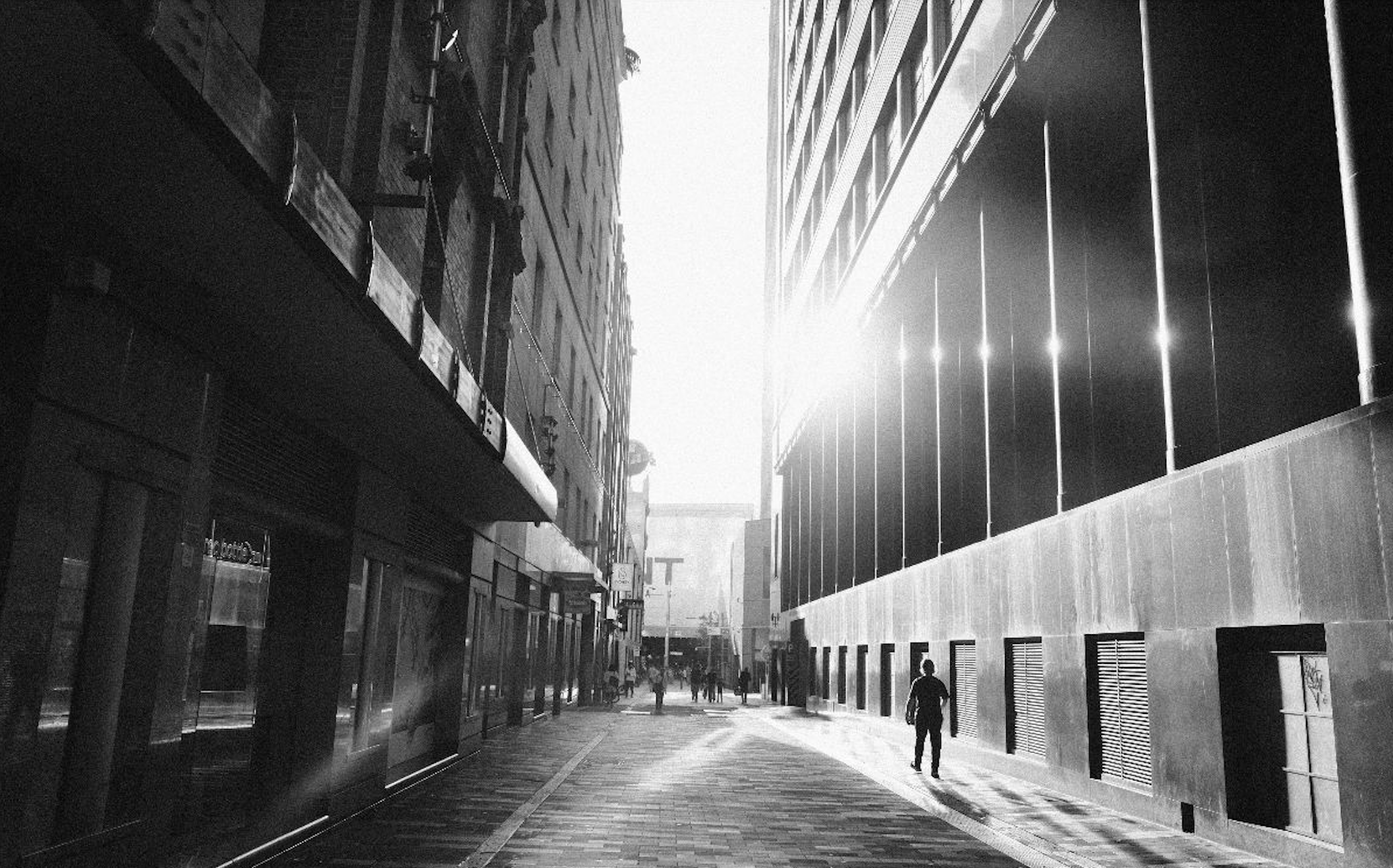
Is This Time Different?
Interesting read in the WSJ on 12 November, Real-Estate Scions Are Breaking a Cardinal Rule: Never Sell, sparked.
Every office market has its own idiosyncrasies. Yet some things are standard across all global office markets; countless private owners, markets go down and they recover.
In Sydney, previous office market blips all had one thing in common. Dependent on the severity, things went back to some form of normality within 1-2-3 years of the trough. Office landlords could rely on the “usual tenants” to take up more space as things improved. Things were predictable. This is true across every Australian office market, each with its own localised pattern.
From 2000 to 2020, everyone could predict a way out (green shoots). In fact, right up to 2020 office markets were able to rely on the usual tenants plus the tech companies to take up more and more office space as the markets improved.
The difference this time is that:
- Rules, regulations, and compliance have changed drastically over the last 30 years.
- Tenants’ and staff expectations are more discerning than ever before. They will no longer lease C or D Grade space to get a foothold in a CBD location.
- Office use methods and patterns have changed drastically.
- We are all talking and thinking about what can be done about older obsolete buildings like never before. That is because for them to survive, they need “substantial upgrades or capital infusions to replace departing or shrinking tenants”.
The difference this time is “There’s little incentive for landlords to make a significant contribution,” said Stephen Siegel, chairman of global brokerage for real-estate services firm CBRE Group. “It’s money in and really no money out.”
The real difference this time? In Australia, it is about tenant demand, not supply. Those who cannot supply will have to find an alternative solution.

No Comments